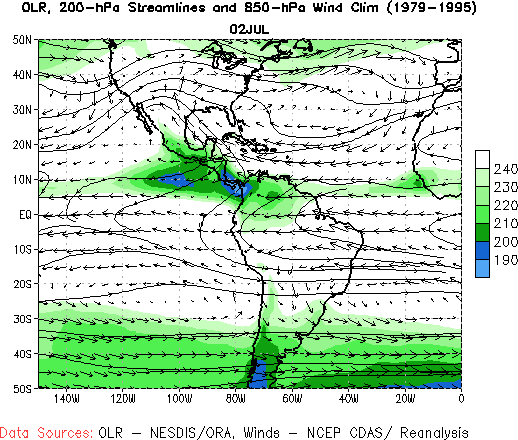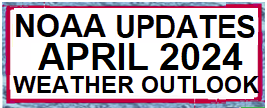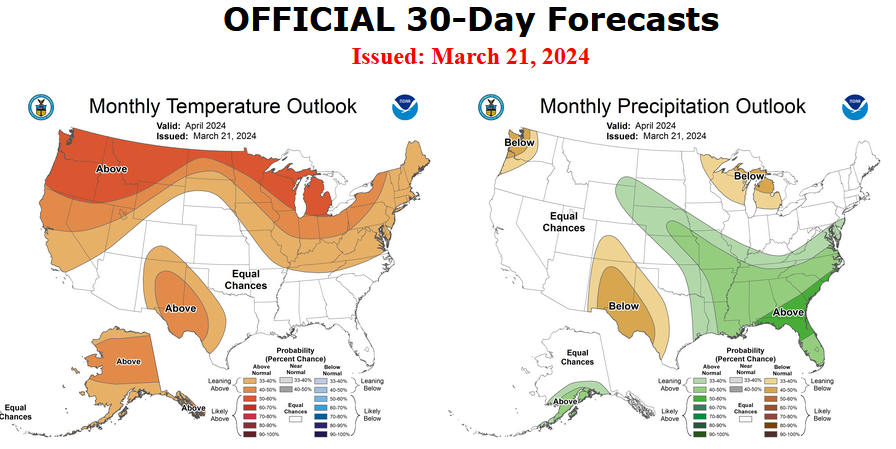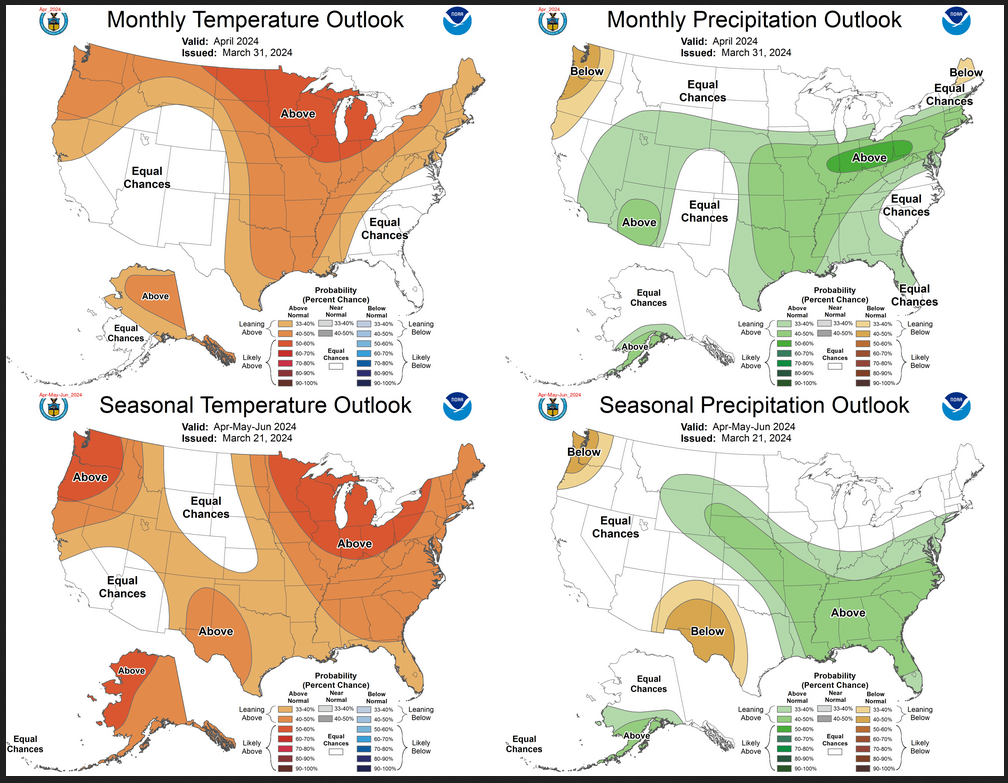Updating the U.S. Summer Monsoon – Posted on August 3, 2024
It was forecast to be a subpar monsoon, but it is not turning out that way.

But first a digression.
| American Monsoons |
 |
NOAA/ National Weather Service
NOAA Center for Weather and Climate Prediction
Climate Prediction Center
5830 University Research Court
College Park, Maryland 20740
Page Author: Climate Prediction Center Internet Team
HERE is a link for more information on Monsoons.
| The above is pretty interesting because it shows that what we call The Monsoon (with the use of different names) is a process that impacts the Northern Hemisphere in the summer and South America in their summer. Very few people are aware of this. The above shows this. For South America, their Monsoon occurs over a period of time first impacting the Amazon Basin and then the La Plata Basin. I only mention this because the Monsoon is a more significant weather pattern than most realize. I found this graphic to be hard to decipher but did not have time to find a better one. But you can see the change in direction of the wind which is the definition of a monsoon namely a seasonal change in the direction of the prevailing wind. |
Now we will focus on the North American Monsoon (NAM)

The organization CLIMAS is an expert in this area and they recently issued an update report. Most of the rest of this article is taken from their report but they had a couple of three-month forecast slides which I have replaced with what NOAA issued on July 31, 2024, so they are a bit more current.
Where I have comments on their slides my comments are in boxes.



